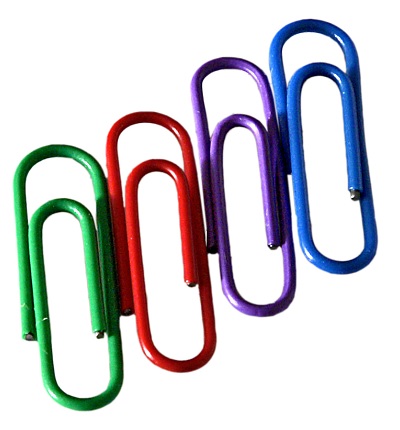Keep everything you need together
Article#: 00093
Date: 2024-07-04
Author: Radim

The project directory and repository should contain all the supporting files that were needed for the project development.
This approach ensures that anyone who needs to understand, modify, or maintain the project in the future has all the necessary resources at their disposal.
These files can vary depending on the specific PLC platform and software being used.
For example:
1. Documentation files in which the use cases, requirements, concept, architecture, state machines, links to installation files, test protocols, to-do lists, settings and passwords of the project and links to other files like installations are defined.
2. Libraries used in the project.
3. Third-party integration files and their description. For example, EDS (for CAN devices), GSD (for Profibus devices), ESI (for EtherCAT devices), XDD (for Powerlink devices) files and sheets with description of the constants and interface variables such as control word or status word and others.
4. Images and media files. These can be icons, graphics and multimedia, for example, which are used in the graphical user interface.
5. Scripts or utilities used for automation, deployment, or testing.
6. Others?
Each version of the project always contains everything you may need to understand, restore, use, further develop and maintain it.
This facilitates collaboration and maintenance of the project and ensures long-term sustainability and ease of use.
© Radim-Automation, 2020–2025. All rights reserved.
Sharing of this article is permitted with proper attribution (link to the original page).
Related previous articles:
- Make backups, make small changes and test a lot
- Maintain order in the program code
- Keep the documentation up to date throughout the project
- PLC network diagram
- Version control system
- Software update
- Documentation issues
- Visual modeling
- Choice of programming language
- Machine modularization
- Modular software architecture
- Hardware concept
- A good concept = Complete set of suitable solutions
- Why do automation projects fail?
- Collect all the requirements and sort them!
- Use a usefull styleguide!
- Write and accept only readable code!
- Appoint a representative!
- HMI and PLC applications should grow together
- Prepare a good project plan and keep it up to date!
- Store email messages in the project folder!
- Define test scenarios and test cases continuously!
- Write a project diary!
- Keep the answers to the question "Why"
- Think on paper!
- Choose the right tool!
- Transparency and reliability
Related next articles:
Comment#: 00001
Date: 2024-07-04
User: Radim
How easy and how well prepared is it to install a new computer for further work on an ongoing project?
When we get a new computer or when a new colleague starts working on an ongoing project, it is important that the steps are described to get a working environment for the project and that all necessary files and installations are available!
Comment#: 00002
Date: 2024-07-04
User: Radim
Is your native language not English and do you work in an international team? Have you agreed on English as the project language within the team? Then please:
1. Install and use all project tools in English.
2. Use English help files for the tools.
3. Write English variable names and comments in the code.
These rules make collaboration between team members, documentation and support tasks easier. Because people will use the same terms.
Do you agree with these rules?
Would you add anything else?
Comment#: 00003
Date: 2024-07-04
User: Radim
Use the same program/application versions for all members of the team. And keep the installation files in case someone starts working on the project later.